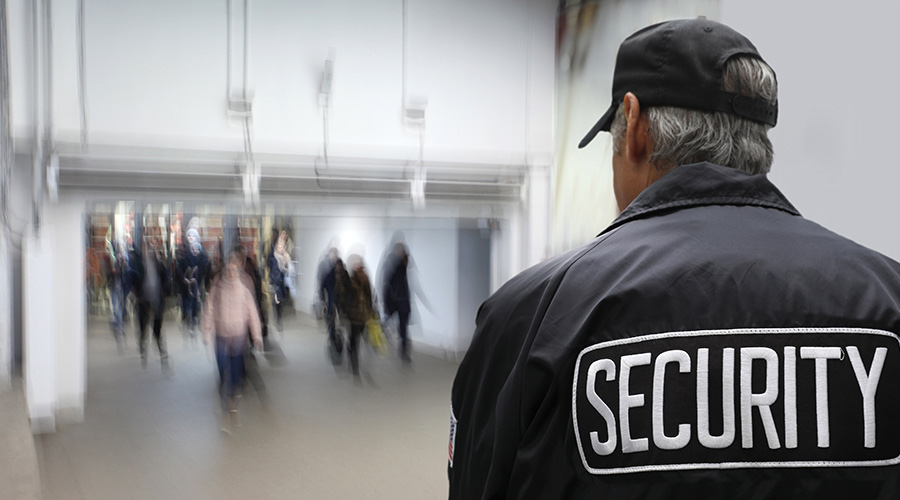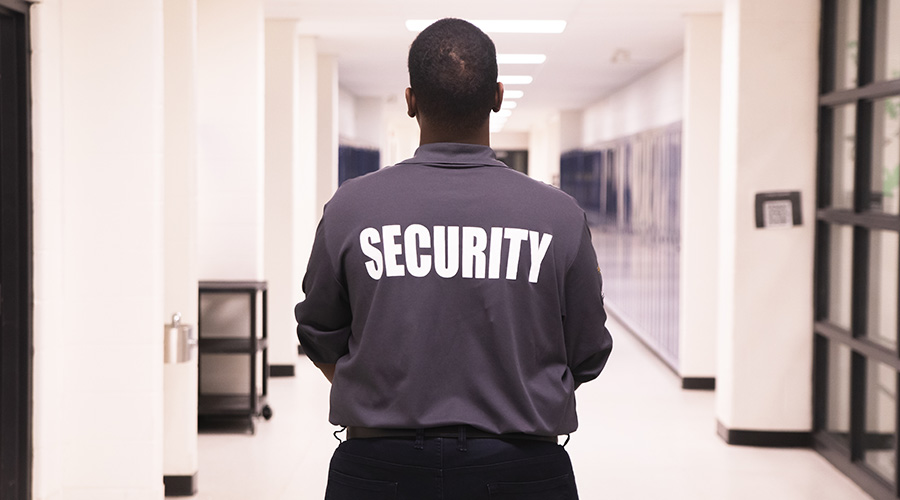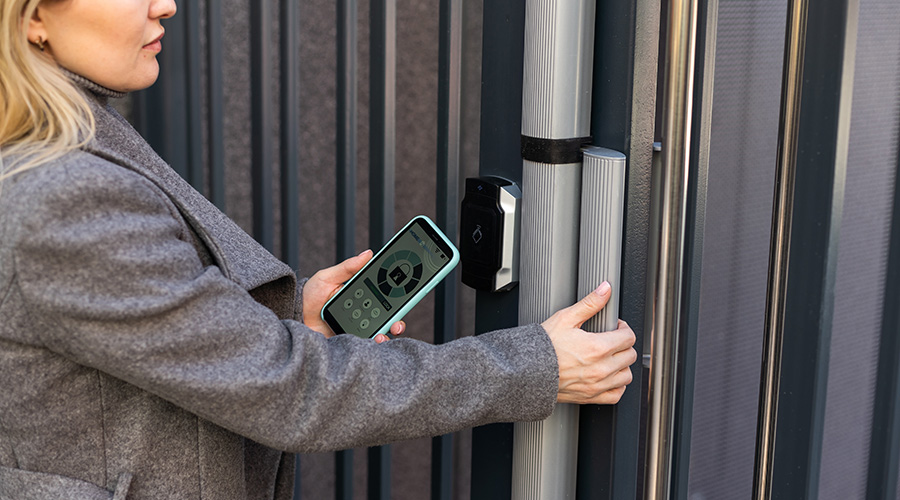Tips To Manage Access Control After Installation
Here's how to ensure proper support, maintenance, and updates for the access control system
Once the systems are in place, it is critical that they are properly supported, maintained, and updated. Door activity reports should be run regularly, and alarms should be investigated rapidly. Nuisance alarms should be addressed quickly, and all alarms prioritized by the importance of the facility. For example, a perimeter door at a residence hall would likely be more important than an office door in an administrative building. The service agreement with the integrator should allow for urgent repairs that should be addressed immediately, including nights and weekends. The agreement should also allow for less urgent repairs to be made during regular office hours.
Maintaining the database with current information on cardholders is also important. As students, faculty, and staff leave the college or university, their access privileges should be removed. It is helpful to integrate the access control system with the human resources database system so removal of faculty and staff member from the HR system can simultaneously remove them from the access control system.
Another key step is to ensure that the college or university’s policies, procedures, and protocols are up-to date. Define proper use, alarm response, badging, door held open, door forced open, and alarm response. Communicate clearly with constituents about proper access control and their responsibility for keeping the community safe.
Like all other servers on campus, the access control server should be patched and updated monthly. This requires careful coordination with operations and IT staff and is important for preventing viruses and other IT-related issues.
Don’t forget key control policies. It’s not helpful when maintenance, security, or other staff members use keys to access doors equipped with access readers. This generates alarms and breaks the audit trail of who is entering the door. In some cases, re-keying critical doors or entire facilities may be necessary to properly secure the campus.
Systems typically come with a one-year warranty. Ensure the warranty begins only when the system is fully operational and has been commissioned. Reinspect the system 9 to 10 months after the initial commissioning to take full advantage of the warranty.
Selecting an access control system for a college or university is a significant undertaking that affects all constituents on campus. The access control relationship should be long and if done correctly should last 10 to 20 years or longer. There are a lot of potential pitfalls; however, if the process is approached correctly and with careful consideration and forethought, the access control system can be one of the greatest long-term assets for campus safety.
Daniel O'Neill (doneill@adrm-llc.com) has 20 years of security consulting experience. He is the founder and CEO of Advanced Data Risk Management (ADRM), a risk management and security engineering company. He is also the author of The Handbook for Campus Threat Assessment and Management Teams, and Security Design for Sustainable Buildings and Campuses, as well as a report for the Massachusetts Department of Higher Education titled: Campus Violence Prevention and Response, Best Practices for MA Higher Education.
Email comments and questions to edward.sullivan@tradepress.com.
Related Topics:















